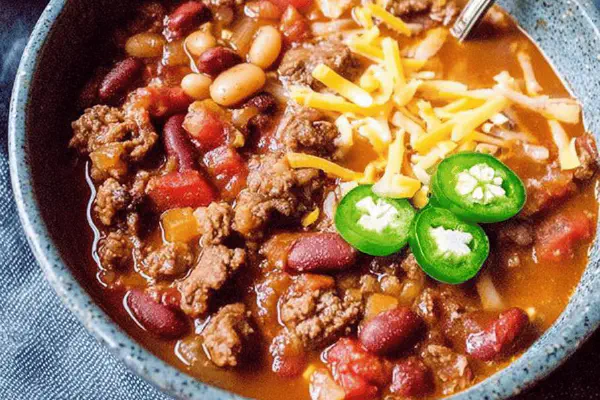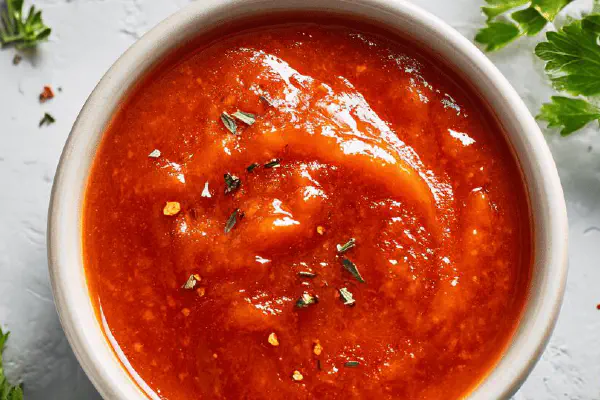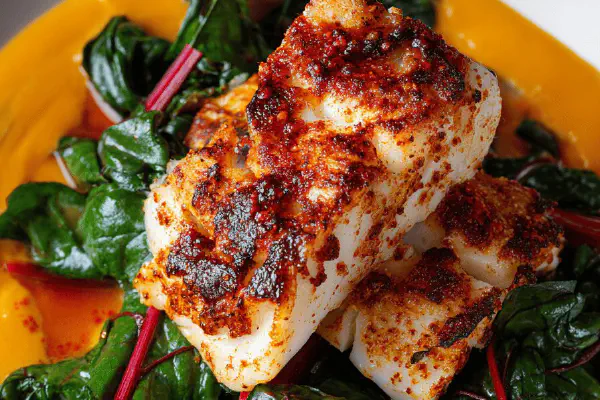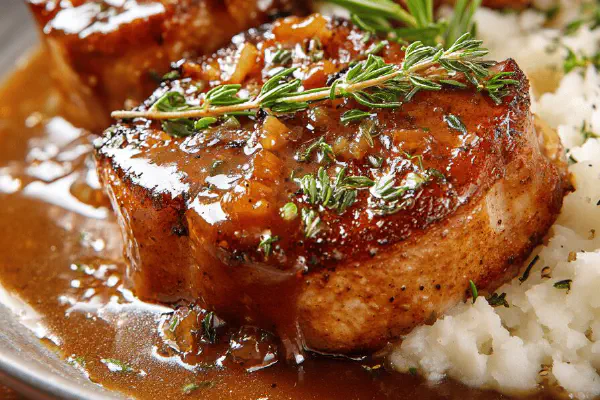Lamb Tagine with Spiced Tea
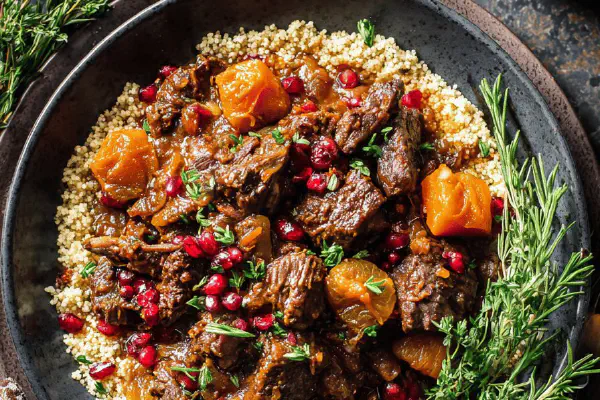
By Emma
Certified Culinary Professional
Ingredients
- 900 g shoulder of lamb from Québec, cut into chunks
- 25 ml olive oil
- 2 medium onions, finely chopped
- 3 cloves garlic, minced
- 50 ml almond butter
- 8 ml ras-el-hanout powder
- 4 ml turmeric powder
- 4 ml ground fennel seeds
- 1 cup strong black tea infusion (Earl Grey or Darjeeling)
- 2 cups chicken broth (or vegetable broth for vegetarian adaptation)
- 60 ml dried apricots, halved
- 60 ml dried black mission figs, halved
- 60 ml dried cranberries
- 1 cinnamon stick
- optional twist: 10 ml pomegranate molasses for tang
- substitute: swap almond butter with tahini for nuttier flavor
- alternative: use lamb neck or shanks if shoulder unavailable
About the ingredients
Method
- Heat olive oil in heavy skillet over medium-high flame till shimmering but not smoking.
- Add lamb chunks in batches, avoid overcrowding so meat browns; hear that sizzle? Key for flavor. Season with salt and cracked black pepper.
- Once all meat browned to deep golden on edges, transfer to slow cooker base.
- In same skillet, toss in onions and garlic; sweat gently on medium heat. Don’t rush—look for translucent, soft edges, hint of caramelization. Take about 7 minutes.
- Sprinkle in ras-el-hanout, turmeric, fennel seed powder. Stir constantly; fragrance will hit your nose within seconds. Roast spices about 1 minute to bloom oils but no burning!
- Deglaze pan by pouring in hot black tea. Scrape browned bits stuck on bottom with wooden spoon; that’s flavor wildness happening.
- Add almond butter, cinnamon stick, dried fruits, broth, and optional pomegranate molasses. Stir till just combined, slightly thickening liquid.
- Pour contents over lamb in slow cooker. Give gentle stir to distribute spices and fruit evenly but keep meat on bottom.
- Cover. Cook low for 4 to 4.5 hours. Aim for tender that almost melts. Key check: stick fork into chunk, meat should detach with little resistance and feel fork-soft, not stringy or rubbery.
- Taste broth mid-cook if possible; adjust salt or acidity; sometimes a squeeze of lemon brightens heavy stew. If too thick near end, splash broth or water.
- When done, remove cinnamon stick. Shred big pieces lightly with forks; texture should be juicy, not mush.
- Serve hot over couscous, quinoa, or millet. Garnish with chopped fresh cilantro or toasted almonds if desired.
- Leftover tip: stew thickens and flavors deepen overnight. Reheat gently, adding broth if dry.
Cooking tips
Chef's notes
- 💡 Brown lamb chunks in batches; overcrowding traps moisture, turns browning to steaming. Wait for oil shimmering. Listen for sizzle—key to flavor layers. Fat waits to render before meat touch. Timing varies by cut size and pan heat but crust means flavor developing; no skipping.
- 💡 Onions soften but don’t color too much. Medium heat, patient sweat till translucent edges appear. Caramelizing too much or rushing ruins texture. Garlic enters near end; burns fast. Spices toasted barely a minute—burnt spices equal bitterness. Smell oils bloom then add liquids quick.
- 💡 Deglaze skillet with hot black tea; scape all browned bits, crucial flavor source. Tea bitterness offsets rich lamb fat but don’t drown in tannins or broth turns bitter sharp. Adjust tea strength by brew type (Earl Grey, Darjeeling). Stir almond butter just till mixed; no overpower creaminess.
- 💡 Slow cooker temp low, checking near 4 hours. Fork test best doneness gauge. Meat pulls apart easily but still fibrous; mushy means overdone. Stir fruit once at start to avoid clusters; too much means mush. Swap shoulder with neck/shank; neck requires extra 30 mins cook time
- 💡 If stew thickens overly by end, add broth or water to loosen without diluting flavors. Pomegranate molasses optional but tang cuts fat. Remove cinnamon stick before shredding meat with forks. Reheat gently adding broth to keep juicy. Store leftovers in airtight container; flavors deepen overnight but texture changes.
Common questions
Can I substitute other cuts of lamb?
Neck or shanks work but add cooking time. Shoulder has good marbling helps gelatin. Adjust slow cooker timing by 30 to 45 mins. Thickness matters for texture; tougher cuts require patience. If unsure, test fork doneness early.
What if I lack ras-el-hanout?
Blend own with cinnamon, cumin, coriander, cardamom, black pepper, paprika. Toast briefly to release aroma. Avoid burning spices to keep bitter off palate. It won’t be exact but close enough layering of flavors.
How to avoid bitter stew?
Don’t burn spices or brown meat too fast; control heat. Tea infusion strong but not overpowering; too much tannin equals biting bitterness. Deglaze pan well scraping fond. Stir carefully to not break lamb too early. Add acidity like lemon juice at end if stew feels heavy.
What’s best storage?
Airtight container fridge up to 3 days. Freeze in portion sizes for 2 months max. Reheat gently on low adding broth if dry. Flavors often deepen cold and next day. Avoid overheating or meat dries out fast; slow warming helps.
